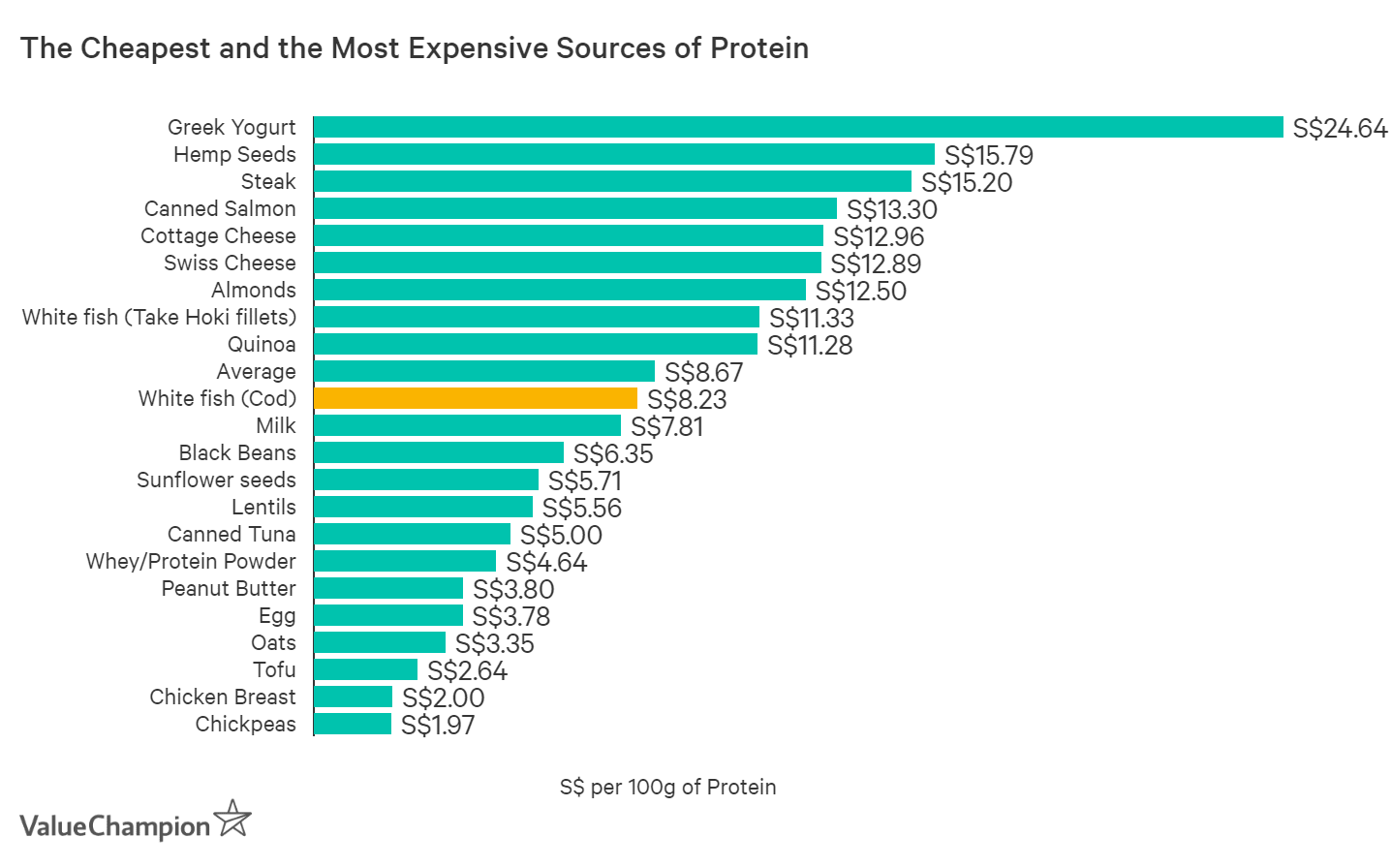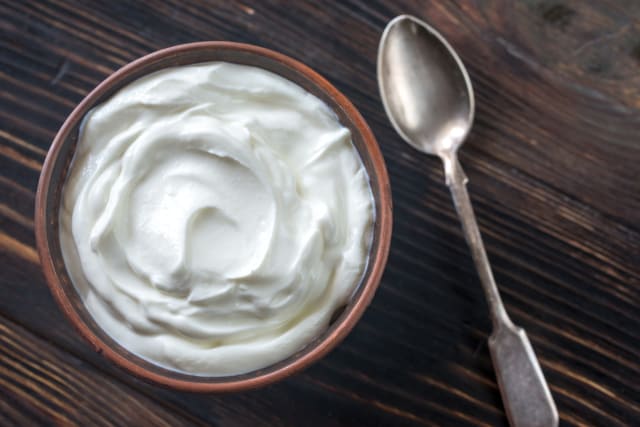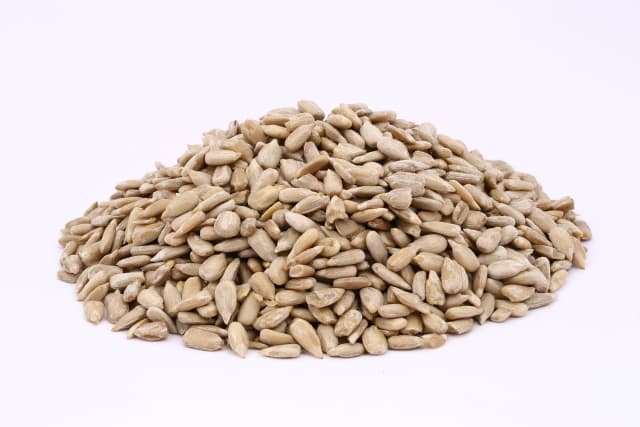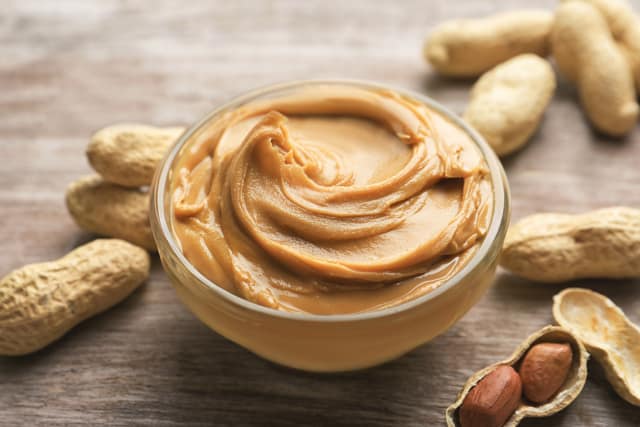Getting fit is one of the most popular new year’s resolutions. However, achieving this goal often proves to be quite difficult. While regular exercise, consistent caloric deficit and high protein consumption are 3 of the most important rules of getting fit, sticking to a rigid diet and exercise regiment tends to test our willpower. Not only that, with the average cost of gym memberships ranging around S$200 per month, it can also be quite tough on our wallets.
Saving on the gym membership could be rather simple; afterall, you can always opt to work out at home or go to budget friendly gyms that cost as low as S$30 to S$100 per month. However, in terms of protein consumption, a lot of articles online only highlight food with “high levels of protein content” while ignoring their costs. To help people find the most “financially effective” source of protein, we analysed the most popular sources of protein in terms of their cost per 1 gram of protein.

Yogurt, Cheese, Meat & Fish Are Expensive
Greek yogurt has become rather popular over the last few years as a healthy source of food. Indeed, it is a good source of calcium, protein and probiotics, while also helping you feel full for relative low amount of calories. However, it is actually very expensive source of protein, costing almost S$25 per 100 grams of protein. For example, a 500g container of 0% fat Fage costs about S$13.55. Since one serving of this (i.e. 170 grams) contains 18 grams of protein, this 500g container contains approximately 53 grams of protein, netting an effective cost of S$24.63 per 100 grams of protein.
Other expensive sources of protein were cheese, steak and even fish. With the exception of fish, these also tend to be high in fat and calories, so they are also good to avoid if you are also on a diet.

Not All Seeds and Grains Are Made Equal
Seeds and grains like almonds and quinoa make regular appearances on various diet food lists. Regardless of how healthy they might all be, these food items tend to vary extremely in terms of their economic efficiency. For example, hemp seeds and almonds cost S$12 to S$16 per 100 grams of protein, while chickpeas and oats cost S$3 or less for the same amount of the muscle building nutrient. If you want to maximise the amount of protein you consume while minimising your cost, you should pick your nuts carefully and go for the likes of sunflower seeds instead of almonds.

Some Surprising Winners
Most of the winners on this list are pretty obvious: protein powder, chicken breast, tofu and egg have been universally known as some of the most popular effective sources of protein that also help you feel full easily. Given this, it’s not surprising that they are also the cheapest.
However, one of the food items on the winner list was rather surprising: peanut butter. Costing just S$3.8 for 100 grams of protein, this tasty snack/condiment was actually on par with eggs in terms of its financial-protein efficiency! But, peanut butter also tends to be rather high in fat and sugar, so we don’t recommend heavily relying on it to build lean muscle mass while reduce belly fat.

Staying Healthy Physically & Financially
If you want to be in better physical shape in 2019, you will need to make a significant commitment to change your lifestyle, increasing frequency and intensity of your workouts while also strictly regimenting your diet. However, commitment alone won’t be enough. Merely pumping out sets at the gym won’t get you the results you want if you aren’t following a well structured exercise routines coupled with good forms. You also need to control your diet properly so that you can consume a wide variety of nutrients; worrying only about protein and caloric intake can be counterproductive and cause other ailments.
Taking a similar approach to your finances can also help your finances get in better shape in the new year. For example, researching (as we have done here) the most cost effective sources of protein can help you build muscles efficiently while also helping you save money. There are many other aspects around your health that you could potentially be saving money on. For example, using rewards credit cards to pay for your gym memberships or your groceries can always help offset your economic cost via earning various rewards like points, cashback or miles. Not only that, you might even be overpaying for your health insurance if you merely took the advice of a salesperson without properly researching the market. Rigorously researching every endeavour in your life will help you focus on what’s most important and effective, and weed out sources of inefficiencies and leakages that take you farther away from your goals.
The article Want to Get Fit in 2019? Here Are the Most Expensive and the Cheapest Sources of Protein originally appeared on ValueChampion.
ValueChampion helps you find the most relevant information to optimise your personal finances. Like us on our Facebook page to keep up to date with our latest news and articles.
More From ValueChampion:
Source: VP

